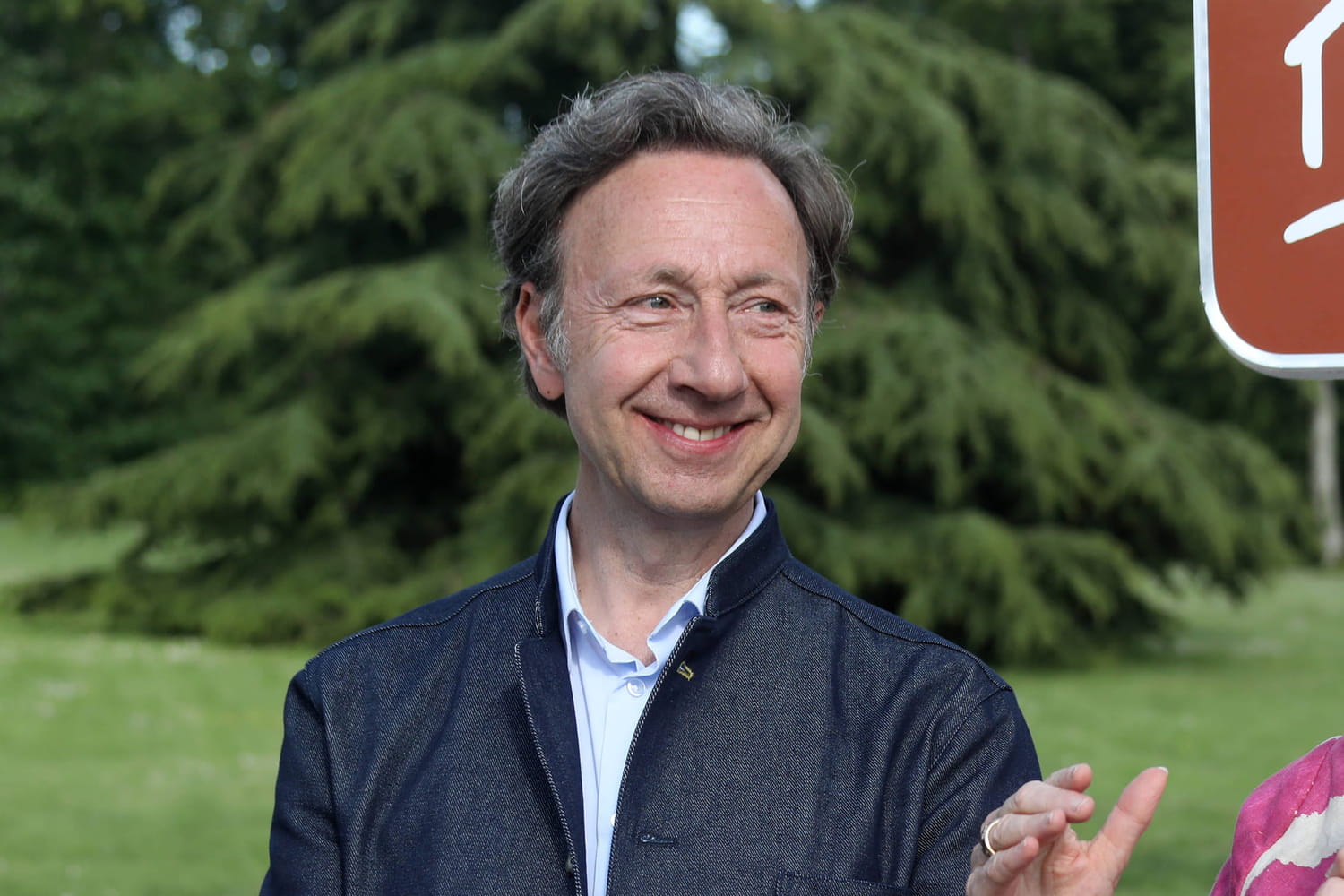There are much more generous regions than others with their beneficiaries, and it is not without reason.
In France, financial aid paid by the various family allowances (CAF) play an essential role in supporting families, especially those who have few means. They cover various areas: housing, parenthood, social integration, leisure or even support in the event of separation or death. These aids can take the form of uninteresting subsidies or loans, allocated according to the family quotient and the specific needs of households. However, what few people really know is that the amount of aid varies according to the departments.
Indeed, each CAF in principle adapts its social action to local realities, according to the needs of the inhabitants and the priorities defined by its board of directors. Result: some CAF pay more aid than others. In France, do you know which territory is more generous with its recipients? The French company Wizbii, which notably offers a service to identify and receive its financial aid, has looked into the subject in its latest barometer “APL, RSA, activity bonus … Who are the French who receive these financial aid? “published this May 16.
Based on 1 million simulations these last twelve months on social assistance, including specific bonuses (bonus bike, aid to go on vacation), specialists have reached the following conclusion: it is Ile-de-France, the most generous region “With a cumulative average amount of financial aid offered to users of 10,012 euros,” said the report. Then come the Hauts-de-France, with 9,428 euros on average, then the center-Val de Loire, with 9,413 euros. In fourth place, we find Occitanie (9,70 euros), followed by New Aquitaine (9,045 euros).
For the authors of the report, “This classification highlights both the investment of the regions in integration policies and the diversity of local systems, often overlooked by citizens”. It is a reality, recent studies of the DREES (Directorate of Research, Studies, Evaluation and Statistics) have already shown that “The non-recourse frequently reaches levels above 30 % in France. This is the case of the RSA (34 % non-recourse) or the minimum old age (50 % non-recourse for single people).”









